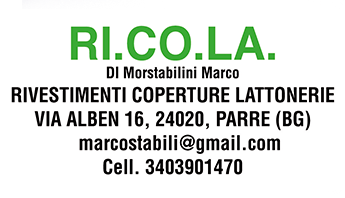Parre’s gastronomic tradition is rich in typical dishes, both local and inspired by Bergamo’s recipes. These are mostly poor but nutritious dishes with high caloric content, which allows facing the cold winter. You can also find several types of cheese, produced on alpine pastures. Below, you can find the descriptions of each recipe and product; for now, know that all products and dishes have three characteristics in common:
Prepared in accordance with tradition
Natural, organic and farm-to-table products, directly fromthe farmer or the breeder
Healthy and genuine recipes and products
Scarpinòcc
We cannot talk about Parre’s tradition without thinking about its local delicacy par excellence, a peculiar type of casoncelli known as “scarpinòcc”, so called for their shape resembling cloth shoes sewed by women of the town for their husbands and children. “Scarpinòcc” differ from traditional casoncelli both in seasoning, which consists of butter and plenty of cheese, and in the meatless stuffing.
È impensabile parlare di tradizioni Parresi senza ricordare il piatto tipico per eccellenza, ossia un tipo particolare di casoncelli, chiamati "scarpinòcc", chiamati così per la loro forma che ricorda le scarpe di panno che le donne del paese cucivano per i propri figli e nipoti. Gli "scarpinòcc" si differenziano dai classici casoncelli sia nel condimento, costituito da burro e da formaggio in abbondanza, sia nel ripieno, che è rigorosamente di magro.
Formài de mut
La Formagèla
Strachì
Gnòch in còla
La Bérgna
Capù
Initiative carried out within the framework of the Wonderfood & Wine tender of Regione Lombardia and Unioncamere Lombardia for the promotion of Sapore inLOMBARDIA


Newsletter
Keep updated on Parre’s news and events.









































































